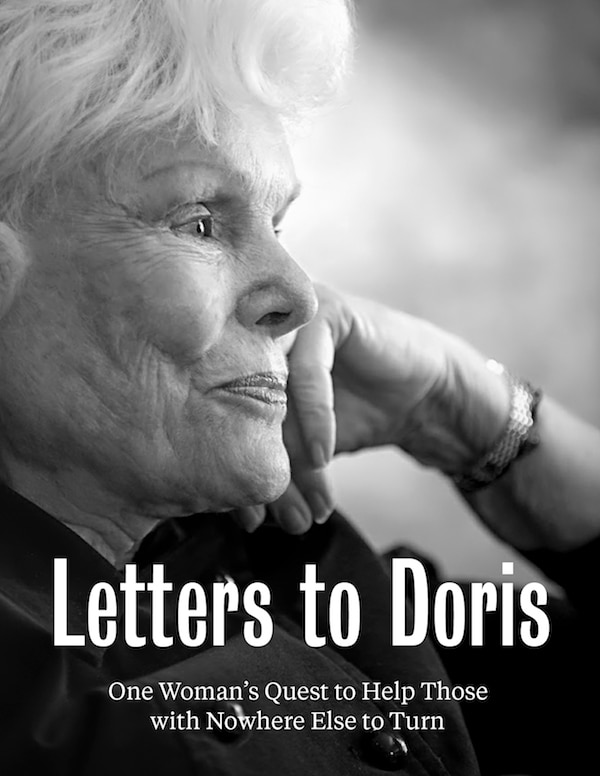When we first started working with Desmond Meade, he told us, “I might be the only homeless crack addict who ever ended up on the cover of TIME magazine.” He is, of course, so much more than that, and his memoir, Let My People Vote: My Battle to Restore the Civil Rights of Returning Citizens, went on sale last week, to huge acclaim.

Let My People Vote tells the story of Desmond’s life, from his tough childhood to ending up in homeless shelters with a felony conviction on his record. Finding the strength to pull his life together, he graduated summa cum laude from college, graduated from law school, and married. But because of his conviction, he was not even allowed to sit for the bar exam in Florida. And when his wife ran for state office, he was filled with pride—but not permitted to vote for her because there are still four states where one felony conviction means you can never vote again. “You may think the right to vote is a small matter,” he told us, “and if you do, I would bet you have never had it taken away from you.”
Desmond became politically active and spearheaded a movement to restore voting rights to 1.4 million “returning citizens,” a term of dignity he accords to ex-felons who have served their sentence and should be granted full rights to rejoin society. Explaining the core rationale of his ballot initiative to voters up and down the state of Florida, he asked them one simple question: “Has anyone you love ever made a mistake?”
Let My People Vote ends on the exhilarating, joyful night in November 2018 when Desmond’s initiative, Amendment 4, passes with 65 percent of the vote, an event that enfranchised the most people at any single time since women’s suffrage. Publishers Weekly says, “This poignant account soars.” And it’s just in time for the election. . . .



